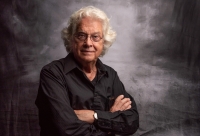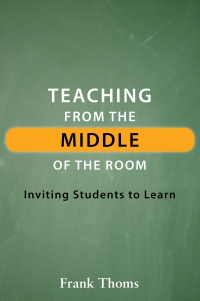On my birthday: What is a class?
Or we talk about those who appear to be holding back; those who want to be the clown; and others who seem to be hiding. Sometimes we speak of the class, other times, one or two of the students.
But we don’t teach classes. We teach ‘children,’ if younger, or ‘students,’ beginning in middle school. When we have twenty-five in a class, we have twenty-five individuals. We pay attention to each one from the moment they walk in on the first day. We surmise each one knowing we will have to do it again tomorrow. Each comes to us with expectations, hopes, fears, concerns, ambitions, hesitations. We see them as they are––at least we try to.
The first public schools in the early 1900s were based on the factory floor model. Classrooms aligned in hallways, each taught by a teacher (woman), governed by a principal (man), and overseen by a superintendent (man). I imagine in each classroom the teacher delivering what’s expected of her, distributing ‘parts' of an assembly line, each described and put in place in anticipation of the next one. And to stretch the metaphor, each child seen as a ‘part’ of the whole, not as the person she is.
Students leave school in those years having been given the same information, the same assignments, taken the same tests, receiving each ‘part’ of the whole, expectations determined from above delivered by their teachers. Fortunately, literacy became the most important outcome, essential for a democratic society.
But education practice evolved through the century with offshoots of alternative education practices, for example, from John Dewey, Maria Montessori, the open education movement, and even, if you will, Mr. Roger’s Neighborhood. Each of these offered other ways of perceiving children. Inviting them to participate. Inviting them to bring who they are into the room, encouraging them to speak up, and not simply be recipients.
Ask any teacher and you will likely hear first about their students, about individuals, and not about their classes. Teaching at its heart is about people, about each person in the room. We choose to teach for many reasons, but once in the classroom, it’s about them, each one of them. We may like some more than others (impossible not to), but we treat them all fairly, openly, honestly.
Teachers need to be teachers, not deliverers of someone else’s bidding. While students need to learn information, knowledge, and principles, in the process they should be invited to express their perceptions and thinking. When they are active in learning, it stays with them, perhaps become memories. They become wise scrutinizers of mis- and disinformation and avoid sliding into the conspiracy theory rabbit holes.

